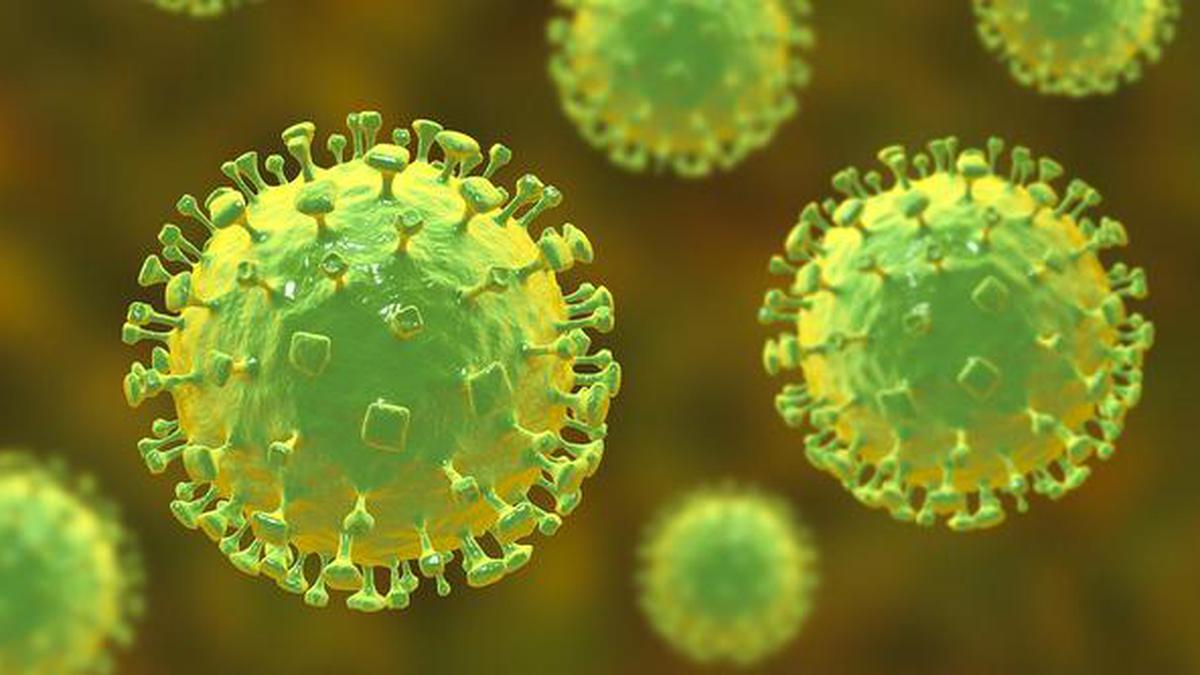Turning the tide: Microbials empower farmers’ economic stability against climate shifts
Climate change has become a critical existential threat to humanity recently. It disturbs microbial community structure, alters greenhouse gas production, and increases the incidence of plant and animal infections. These variations also have an impact on both food production and human health. Here, to highlight the fact, WHO data indicate that annually, 2 billion people lack safe drinking water and 600 million suffer from food-borne illnesses, with children under 5 bearing 30 per cent of foodborne fatalities.
In this context, finding novel solutions becomes critical. Among the different answers, microbes emerge as our planet’s unsung heroes. However, despite the immense contributions, discussions about the impact of climate change on microbes and their potential for agricultural resilience still need to be made available to the scientific community. Thus, understanding the role of microbes in climate change is critical to protecting the planet’s health.
Climate change and microbial: Two-way street
As the environment changes, so do microbes. Microbes’ fast growth rates, large population sizes and ability to share genetic information allow them to adapt quickly to environmental variability. Microbes can adapt in a multitude of ways. Bacterial respiration has been shown to increase with warmer temperatures, while bacterial cell size decreases. Warmer and drier soils and warming oceans are associated with fluctuations in microbial community composition, which may result in carbon and nutrient cycling changes in those ecosystems.
Disruption of natural disease control: Natural disease control mechanisms can be disrupted by changes in the microbial communities in the soil. This is where the soil bacteria can be less able to defend against plant diseases. To stop the spread of illnesses among crops, farmers might have to use fungicides and other chemical controls more frequently.
Reduced nutrient availability: One of the significant causes of poor crop output and plant development is a lack of nutrient availability. Changes in microbial activity may be the cause, as they can have a significant effect on the availability of critical nutrients required for plant growth. Stunted growth and decreased agricultural yield may come from a plant’s inability to thrive when specific nutrients are scarce. It is vital to remember that nutrient availability is critical for maintaining healthy plant growth and ensuring a successful harvest and in extreme cases, it can even contribute to crop failure.
Impact on soil quality: Microbial activity is vital for enhancing soil organic carbon levels, improving soil quality, and nutrient availability. Microbes decompose organic matter, releasing nutrients, fostering soil structure, and enhancing carbon sequestration. This process promotes fertility, resilience, and sustainability in agricultural and natural ecosystems, crucial for global food security and environmental health.
Increased soil erosion: Changes to the microbial populations in the soil can lead to a reduction in soil stability, which can then cause the rate of soil erosion to increase. Thus, soil erosion can result in a notable decrease in fertility, potentially harming the development and endurance of different types of plants and crops.
However, the microbial world is not simply a victim of climate change. They come forth as a solution, mitigating climate change while empowering the agriculture industry.
Empowering the agriculture industry
Microbes, the most abundant organisms on the planet, have enormous promise for minimising climate change’s impact on agriculture. As a result, they play a critical role in several important ecological processes:
Elemental cycles: Microbes cause the cycling of vital elements such as nitrogen, phosphorus, and carbon. These cycles are essential for plant growth and proper soil composition. Thus, farmers must use best practices to promote microbes on their farms.
Crop rotations: It can contribute to the growth of beneficial bacteria on farms. Farmers can lower their risk of soil-borne diseases by rotating crops and improving soil structure. distinct crops have distinct nutrient needs and root exudates, which might encourage the growth of various beneficial bacteria. Farmers can foster a wide diversity of beneficial microorganisms by rotating crops, lowering the risk of nutrient depletion and illness.
Disease control: Microbes work as natural biocontrol agents, defending plants and soil quality against dangerous infections. This has the potential to dramatically reduce dependence on chemical pesticides while also promoting sustainable farming methods.
Residue and Resistance management: Microbes play a pivotal role in pesticide residue and resistance management by degrading residues, detoxifying compounds, and reducing buildup in soil and water. Additionally, they can antagonize pesticide-resistant organisms, thus mitigating resistance development. Harnessing microbial activities aids in sustainable pest control, preserving ecosystem balance, and safeguarding human health.
Solution against climate change!
In a nutshell, microorganisms are now playing an important role in reducing climate change and enhancing agricultural economic stability. In general, microbes employ nutrient cycling to break down organic materials, releasing greenhouse gases that contribute to global climate change. On the other hand, it reduces or mitigates the emission of various gases and slows (prevents) climate change by converting it to an organic form that can be used by themselves and others. Thus, when in balance, beneficial microbes increase soil health by supporting soil structure, nutrient cycling, and disease suppression while empowering farming’s economic stability against climate change.
(The author is President IPL Biologicals)
